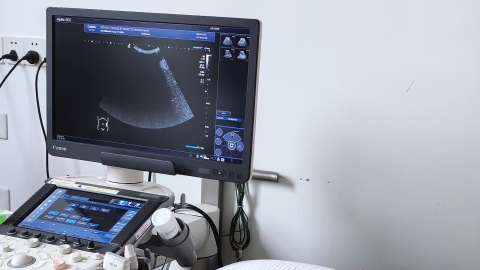How many weeks of pregnancy can rule out molar pregnancy?
Excluding a molar pregnancy typically requires combining ultrasound examination at 6–8 weeks of gestation with blood HCG testing, and in most cases, a definitive diagnosis can be made around 8 weeks of pregnancy. If the ultrasound shows a normal gestational sac, embryo, and primitive cardiac activity, and the serum HCG level is within the expected range for the corresponding gestational age, a molar pregnancy can essentially be ruled out. Detailed analysis is as follows:

Around 6 weeks of gestation, ultrasound can provide an initial assessment of intrauterine conditions. In a normal pregnancy, a round or oval gestational sac is usually visible, whereas a molar pregnancy often appears as a snowflake-like or honeycombed area with no normal gestational sac structure. Additionally, patients with molar pregnancies typically exhibit abnormally elevated serum HCG levels that far exceed the normal range for the same gestational age, serving as an important auxiliary diagnostic clue. Evaluation around 8 weeks of gestation provides more reliable results. By this stage, a normal pregnancy should clearly show an embryo and primitive cardiac pulsation, and HCG levels tend to rise more steadily. If ultrasound reveals no abnormal findings but HCG levels remain persistently elevated, further follow-up examinations are needed to confirm the diagnosis.
Regular prenatal check-ups are essential during pregnancy. Avoid excessive anxiety; if symptoms such as abnormal vaginal bleeding or abdominal pain occur, seek medical evaluation promptly.






